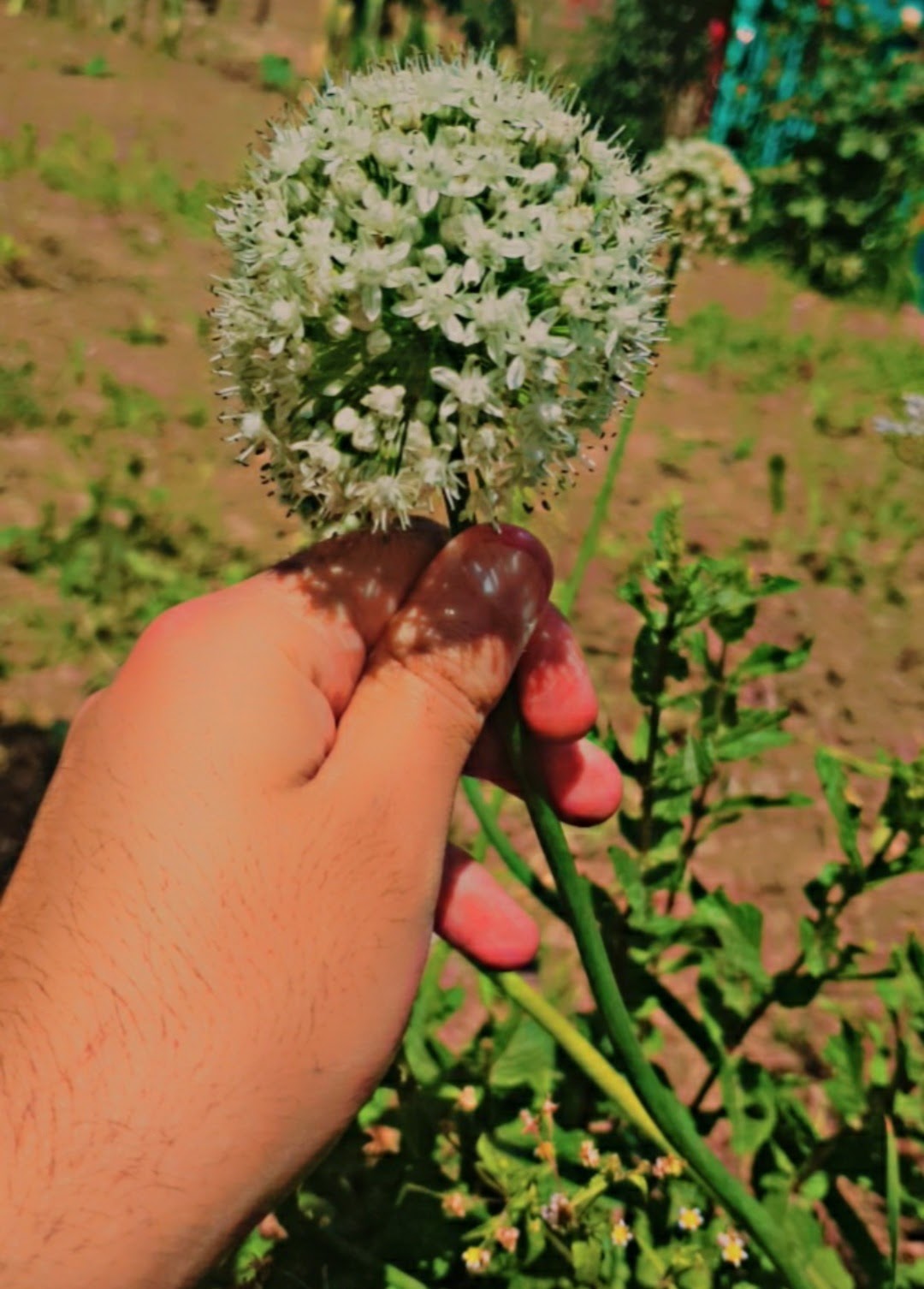Ancient Assam:
Assam is the eastern most state of India. In the most ancient times,it was known as Pragjyqtish and in medieval times as Kamrup.
Assam in the modem name for the country which under the Ahom rale came to be called ‘Asama’ means ‘peerless’ or ‘uneven’. 1
The kingdom of ‘Kamrapa’ or ancient ‘Assam’ existed in between India and Southeast Asia. The territorial limit of this Kingdom at the peak period of its existence seems to have covered the basins of both Brahmaputra and Barak with the river Karatowa on its west which flowed down in a southerly course from Nepal to Join the Brahmaputra near Dhaka, the capital of Bangladesh.
In its earliest phase of history, Assam was known as ‘Pragjyotish ’with its capital ‘Pragjyotishpur’. As the very meaning of this word signifies, this city was known as the earliest (prag) city (Pur) of astronomical studies (Jyotish).
Originally this region was outside the ambit of Aryan influence and it was inhabited by the Kiratic races. The well known philologist Bani Kanta Kakati has shown that the very word Pragjyotish might have an Austric origin and have been derived from the clause Pager-jo-tis which means together a hilly region of high (jo) and long (tish) mountains (pager) which has been Sanskritized in later times to carry a meaning in the India.
The modem name of the province ‘Assam’ is actually of quite recent origin. It is connected with Shan invaders who entered the Brahmaputra valley in the beginning of the thirteen Century A.D. and who were known as Ahoms.
The tradition of the Ahoms, themselves is that the present name, is derived from ‘Asama’ in the sense of‘unequalled’ or ‘peerless’. They say that this was the term applied to them at the time of their invasion of the valley by the local tribes, in token of their admiration of the way in which the Ahom king first conquered and the conciliated them.1 Kakati suggests that ‘Asama’, ‘Peerless’, may be a latter day
Sanskritisation of an earlier form ‘Acham’ in Tai Acham means, to be defeated’. With the Assamese prefix an Asam would mean‘undefeated’, ‘conquerors’. If this is its origin from the people the name was subsequently applied to the country.
Assam is the frontier province of India on the north east. The boundaries of Assam lie between latitudes 28 degree 18 inches and 24 degrees north and longitudes 89 degree 46 inches and 97 degree 4 inches east. It contains at present an area of 53,226 square miles, of which a little over 24,000 square miles constitute the plains districts, 19,500 the southern hill tracts and the rest is the tribal hill tracts of the north.
The state forms the core of the North Eastern region of the country and Guwahati, the biggest city of Assam, Meghalaya, Manipur, Nagaland,Tripura, Mizoram and Arunachal Pradesh.
The temporary state capital area of Assam is 78,438 square K.M. (Rural=77,476.23 square K.M. and Urban =961.77 square K.M.) There are 27 districts in Assam; the number of inhabited village is 26312 and the number of uninhabited village is 1188; there are 125 towns and 49 subdivisions, 219 development blocks and 145 revenue circles, 2489 gaon panchayats.
The major rivers of Assam are Brahmaputra (Barluit), Barak (Surma), Beki, Kalong, Kapili, Dhiju, Puthimari, Kulchi etc. The total population on Assam is 2,66,55,528 consisting of 1,37,77,037 male and 1,28,78,491 female. The literacy percentage is 93.25 and the density of population is 340 per square K.M.On three sides the province is shut in by great mountain ranges, inhabited by the people mostly of Mongolian Stock. To the north lie the Himalayan regions of Bhutan and Tibet. Below the mountains is a range of sub- Himalayan hills, inhabited to the west by small races of Bhutia origin and further eastward by Tibeto Burman tribes, Akas, Daflas, Mieis, Abors and Mishimis, to the northeast lie the Mishimi hills, curving round the head of the Brahmaputra valley.
With reference to these northern frontier tracts, it is noteworthy that the international boundary between Assam and Tibet has not been clearly defined, however 1914 a tentive agreement was reached embodying a line on the map called the ‘Me Mahon Line’ continuing the east is the Patkai Range, which defines the western boundary of Ava, the intervening ranges, being inhabited chiefly by various tribes and Nagas and the native state of Manipur. Though the great natural boundary between Assam and Burma consists of tangledmass of mountains whose summits rise to 12,000 feet yet the geographical barriers are not in separable, the passes crossing these mountainous regions are actually not very difficult and inter communication has been plentiful and constant. To the south lie the Lushai Hills, Hill Tippera and the Bengal districts of Mymensingh, Sylhet and Rangpur are in (present Bangladesh). Here also native state of Coach Bihar, which was once an integral part of Kamrupa
Before the coming of the Ahom (1128 A.D.) the country was known as Kamrupa with its capital at Pragjyotishpur (Modem Guwahati).The word ‘Kamrupa’ means the land where ‘kama’ (love) regained his‘rupa’ (form). Ancient Assam was known as ‘Kamrupa’ in the puranas,
Muslim historian gave different names to ancient Assam a ‘Kamru’ by al-Beruni while Minhajuddin called it ‘kamrupa’. In one coins of the sultan Sikandar in ancient Assam was mentioned ‘kamru- Urf- choulishan’ but it is known as kamru and kumata as appears from coin of Hussain Shah.
Another reliable source like Aini Akbari and Baharistani Ghaibi mention it as ‘koch- kumara’ while in Badsha Namah and Shah Jahan Nama the ancient Assam is known as ‘koch- Bihar’ and ‘Koch-Hajo’.2
The ancient ‘Kamrupa’ kingdom, which spread from Kartoya River(in West Bengal and Bangladesh) on the west to the Dikhow River on the east. In ancient names of Assam was ‘Pragjyotish’ but during the king of‘Narakasura’, the name of the land was change to ‘Kamrupa’ whichroughly included the Brahmaputra valley, Bhutan, Rangpur (now in Bangladesh) and Coach Bihar (in. West Bengal). This name of the land i.e.Kamrupa was continued to 1228 A.D. When the ‘Ahoms’ invaded and established the Ahom kingdom, the name of the land has been changed from Kamrupa to Assam.
In the ancient Sanskrit literature both the names ‘Pragjyotisha’ and‘Kamrupa’ were also used as designation for ancient Assam. In Kalika Purana and Jogini Tantra ‘Kamrup’ alone appears to be the name Assam.
India gained freedom ini947 and as a result of partition between India and Pakistan, the district of Sylhet, Mymensing and Rangpur exclusive Karimganj subdivision went to East Pakistan (present Bangladesh). Assam is now a north eastern state of the Indian Union. At present the state Assam stretches west word from Bangladesh, Tripura,Meghalaya and West Bengal to Arunachal, Nagaland and Manipur in the East and from Bhutan and Arunachal on the north to Nagaland, Mizoram and Meghalaya in the South
































Khoob bhalooo ❤️❤️
ReplyDeletesuch an amazing post, i like it very much and love to read this,good content,keep posting.
ReplyDeleteTop 10 Hotels in Mussoorie
famous places to visit in agra
shimla Tourism